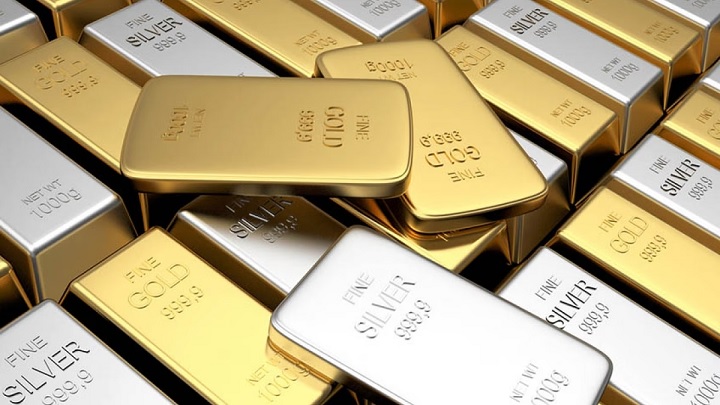Precious metals have long captured the imagination of investors and continue to play a significant role in diversified investment portfolios. These shimmering assets, which include gold, silver, platinum, and palladium, are prized not just for their aesthetic appeal but also for their unique characteristics as investment instruments. In this article, we’ll explore the pivotal role that precious metals play in investment portfolios, highlighting their key points of influence.
Wealth Preservation
One of the most compelling reasons to include precious metals in an investment portfolio is their role as a store of value. Throughout history, gold, in particular, has been considered a reliable store of wealth. There will be no inflationary pressures on precious metals as there would be on fiat currencies when central banks print more money. Consequently, investors seek solace in precious metals as a protective measure against economic uncertainty and currency depreciation.
Portfolio Diversification
When it comes to managing investment risk, diversification is key. One of the best ways to diversify a portfolio is with precious metals because of their low connection with more conventional financial assets. Precious metals might be a safety net in times of market instability, as their value tends to climb when bonds and stocks do poorly. If you’re interested in exploring opportunities in precious metals, you can visit auctusmetals.com to learn more about the options available to you.
Safe Haven In Times Of Crisis
Precious metals are often dubbed “safe-haven assets” because they tend to perform well during times of economic and geopolitical uncertainty. Investors flock to gold and silver when global events, such as political turmoil, natural disasters, or economic crises, create instability in financial markets. The historical data consistently demonstrates that precious metals tend to appreciate during these periods, providing stability when other assets falter.
Inflation Hedge
Over time, inflation reduces the purchasing power of money. Investors worry that their savings and investments will lose value as inflation rises. Precious metals, particularly gold, are effective hedges against inflation because they have intrinsic value that is not tied to the performance of other assets. As a general rule, the value of precious metals tends to rise in parallel with inflation, protecting buying power, while prices of products and services rise.
Portfolio Insurance
Just as individuals purchase insurance to protect against unforeseen events, precious metals serve as a form of portfolio insurance. By holding a portion of their assets in precious metals, investors can mitigate risks associated with various economic scenarios, from currency devaluation to stock market crashes. This insurance-like aspect of precious metals is invaluable in ensuring financial stability.
Long-Term Capital Appreciation
While precious metals are often associated with short-term market moves, they can also provide long-term capital appreciation. Over the years, gold and silver, in particular, have demonstrated the ability to increase in value. Savvy investors who view precious metals as a long-term investment may benefit from the compounding effect, especially when considering their historical returns.
Industrial And Technological Demand
Apart from their monetary and investment roles, precious metals also have industrial and technological applications. Silver, for instance, is widely used in the manufacturing of electronics and photovoltaic cells. Platinum and palladium are vital components in catalytic converters, which reduce harmful emissions from vehicles. The demand for these metals in various industries can create additional opportunities for investors as they seek exposure to sectors that rely on precious metals.
Conclusion
Precious metals offer a multitude of advantages to investors, making them a vital component of diversified investment portfolios. These shimmering assets serve as a reliable store of wealth, provide a means of portfolio diversification, act as a haven during crises, hedge against inflation, offer insurance against economic risks, and have the potential for long-term capital appreciation. Moreover, their industrial and technological applications add another layer of complexity to their role in investment portfolios.
